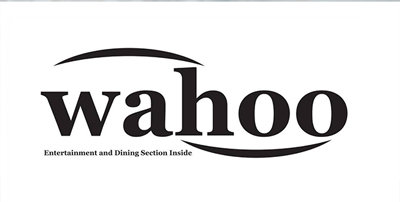By Eric Reich
It is not uncommon for people to confuse the economy with the stock market. In our world, many investors use them interchangeably. The reality, however, is that they are very different, which I’ve previously written about a few times. When the economy is soft, or the market is down, they aren’t always symptomatic of each other. This week, I wanted to focus on the economy and the signs that the economy is “getting worse”. With this information, you can begin to have a clearer picture of where the economy stands instead of just hearing the “noise” that always seems to be going around.
- Institute for Supply Management (ISM) Manufacturing Index
This is a commonly used guide to gauge whether or not the economy is growing. It is generally accepted that when the index is at 50 or above, the economy is still growing. The higher above 50 the index is, the faster the economy is growing. Index numbers below 50 are a sign that the economy is contracting. The index is typically reported on the first business day of each month. The March 2024 index was 50.3.
- Falling Home Prices
Home prices that are trending down are a sign of a weakening economy. As we have seen over the last few years, home prices, while stabilized, are still not coming down in most areas.
- Rising Unemployment
A key hallmark of a falling economy is a strong rise in unemployment. Typically, we see that number in the high single-digit to low double-digit range. Today, unemployment sits at 3.8%. It is assumed that 3% of the population is not employable, which means that only .8% of the population that is employable is out of work.
- Rising Debt Levels
This goes for both consumers as well as the national debt. When debt rises, it can be a sign of a weakening economy. Though on a national level, each administration seems to push us deeper into debt regardless of the situation, so I’d be more inclined to focus on consumer debt levels instead.
- Freight Transportation Services Index (TSI)
This is one of my favorite indexes to follow as a measure of the health of the economy, even though it is not as widely followed as some of the others. The reason being, is that it just makes sense. If the amount of freight being shipped around the country is declining, and most things need to be shipped, then the economy is probably not doing all that well.
- Velocity of Money
The velocity of money is the rate at which money moves through the economy. The faster the velocity the better the economy. If the velocity slows down, that means that consumers and businesses are holding onto their cash longer which means they are spending less. The velocity of money is measured by dividing the Gross Domestic Product (GDP) by the Money Supply, which is referred to as M1. The current velocity of money is 1.55 which is up about 2.5% from last quarter and 17+% from last year.
As we can see, most of these economic indicators seem to suggest that the economy is not getting worse at the present time, but it is important to remember that these metrics can change rather quickly.
Securities offered through Kestra Investment Services, LLC (Kestra IS), member FINRA/SIPC. Investment advisory services offered through Kestra Advisory Services, LLC (Kestra AS), an affiliate of Kestra IS. Reich Asset Management, LLC is not affiliated with Kestra IS or Kestra AS. The opinions expressed in this commentary are those of the author and may not necessarily reflect those held by Kestra Investment Services, LLC or Kestra Advisory Services, LLC. This is for general information only and is not intended to provide specific investment advice or recommendations for any individual. It is suggested that you consult your financial professional, attorney, or tax advisor with regard to your individual situation. To view form CRS visit https://bit.ly/KF-Disclosures.
Eric is President and founder of Reich Asset Management, LLC. He relies on his 25 years of experience to help clients have an enjoyable retirement. He is a Certified Financial Planner™ and Certified Investment Management AnalystSM (CIMA®) and has earned his Chartered Life Underwriter® (CLU®) and Chartered Financial Consultant® (ChFC®) designations.










